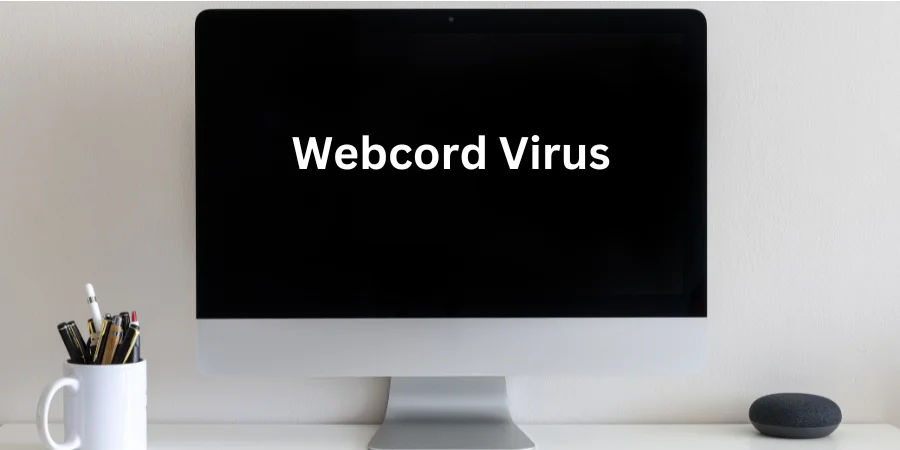Webcord Virus: A Step-by-Step Guide to Stay Safe
The ever-changing digital landscape has led to increasingly complex threats to our online security. The webcord virus is one such menace that has been in the news lately. This post will explain the nature of the webcord virus, explain how it works, and provide advice on how to defend yourself against this sneaky danger.
What is the WebCord Virus?
Definition and Overview
The webcord virus is a type of malware designed to infiltrate your computer systems, steal sensitive information, and disrupt normal operations. It is a relatively new entrant in the world of cyber threats but has quickly gained notoriety due to its effectiveness and the difficulty of removing it once it has infected a system.
How Does the WebCord Virus Spread?
Methods of Transmission
WebCord primarily spreads through malicious websites, email attachments, and software downloads. Cybercriminals often use social engineering tactics to trick users into downloading and installing the virus, making it a potent threat to both individual users and organizations.
Symptoms of Infection
How can you tell if your device has fallen victim to the webcord virus? Common signs include:
- Slow system performance
- Frequent crashes or error messages
- Unusual pop-up ads
- Unauthorized changes to your settings or files
These symptoms can significantly disrupt your daily activities and pose severe risks to your data’s integrity and security.The Impact of the webcord virus.
How Webcord Virus Affects Devices
The impact of the Webcord virus can be devastating:
- Data Corruption and Loss: It can corrupt essential files, leading to permanent data loss.
- Compromised Personal Information: Hackers may gain access to sensitive information, risking your privacy.
- Financial Repercussions: If financial data is compromised, you could face significant monetary losses.
Methods of Prevention
Prevention is better than cure. Here are some effective strategies to protect your device:
- Install Antivirus Software: Reliable antivirus software can detect and neutralize threats before they cause harm.
- Regular System Updates: Keep your operating system and all software up-to-date to close potential security loopholes.
- Safe Browsing Practices: Avoid clicking on suspicious links or downloading attachments from unknown sources.
Steps to Remove Webcord Virus
If you suspect your device is infected, here are steps to remove the Webcord virus:
- Using Antivirus Tools: Run a full system scan with reputable antivirus software. Follow the recommended actions to quarantine or delete the virus.
- Manual Removal Process: For advanced users, manually removing the virus involves identifying and deleting infected files and registry entries. Be cautious, as this can be risky.
- Seeking Professional Help: If you’re unsure or uncomfortable with manual removal, consult a professional for assistance.
FAQs about webcord virus
1. What is the WebCord virus?
The WebCord virus is a type of malware that infiltrates computer systems to steal information and disrupt operations.
2. How does the WebCord virus spread?
It spreads through malicious websites, email attachments, and software downloads.
3. Is the WebCord virus dangerous for business?
Absolutely. The WebCord virus can cause significant financial losses, data breaches, and operational downtime for businesses.
4. What are the symptoms of a WebCord virus infection?
Symptoms include slow performance, frequent crashes, unusual pop-up messages, and unauthorized access to files.
5. How can I protect myself from the WebCord virus?
Use reliable antivirus software, be cautious with emails, regularly update your software, and back up your data.
6. What should I do if I’m infected with the WebCord virus?
Disconnect from the internet, run a full system scan, remove infected files, and restore from a backup if necessary.
Conclusion
The Webcord virus is a formidable threat in today’s digital landscape, but with the right precautions and quick action, you can protect yourself from its harmful effects. Stay vigilant, keep your systems updated, and always be cautious when navigating the web.
Share this content:














Post Comment